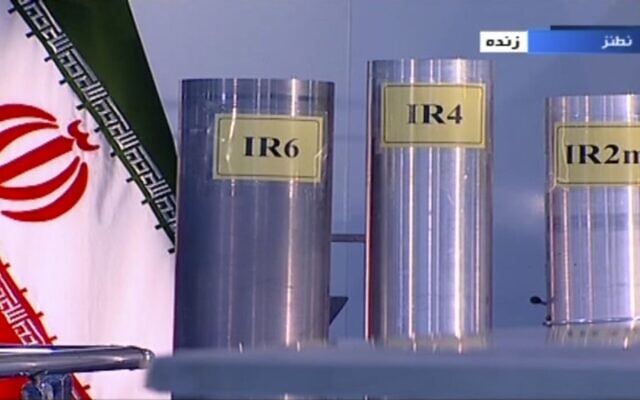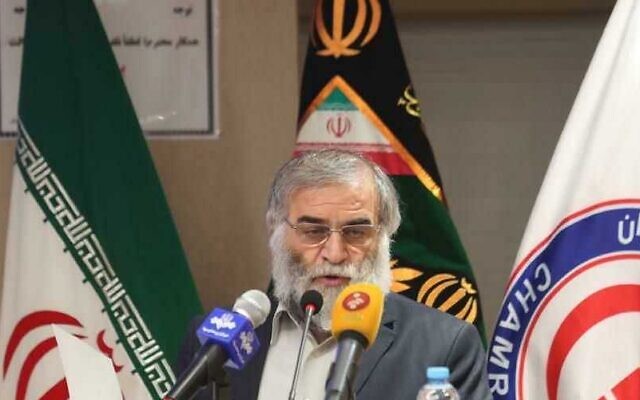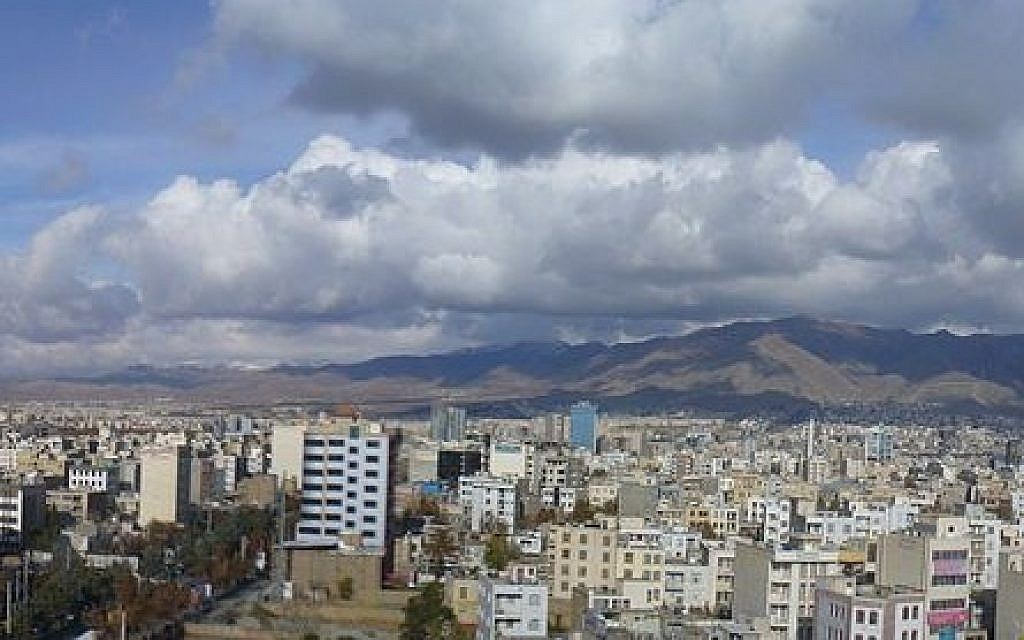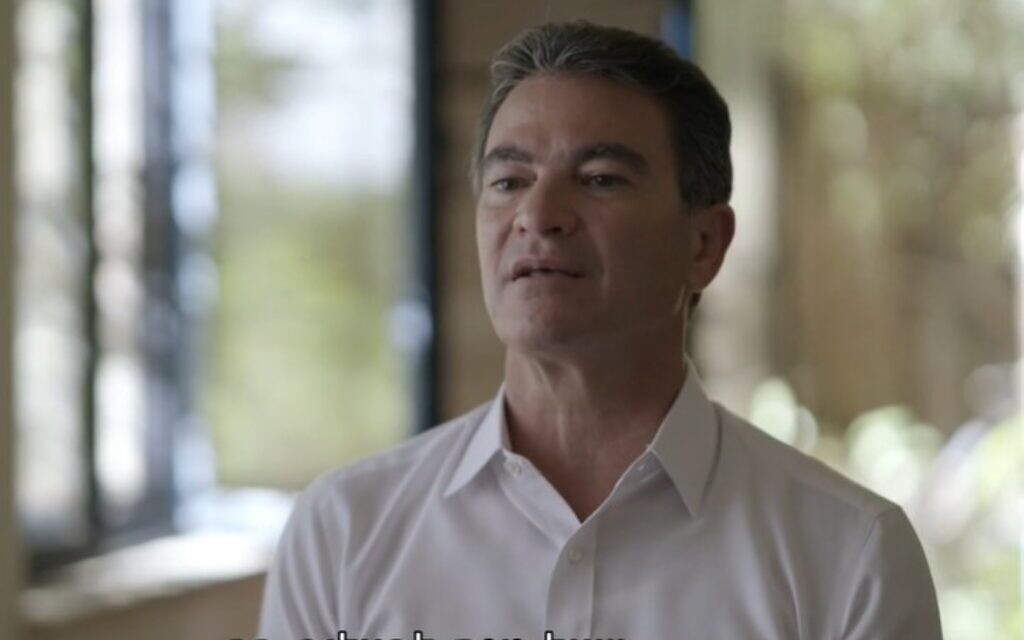NY Times says facility manufactured centrifuges to replace those destroyed in April attack on Natanz; strike was carried out by drone launched from within Islamic Republic

The Iranian centrifuge production site said targeted in a drone attack Wednesday was reportedly on a list of targets that Israel presented to the Trump administration last year.
Israel proposed hitting the Iran Centrifuge Technology Company, or TESA, to former US president Donald Trump along with then-secretary of state Mike Pompeo and Gina Haspel, at the time director of the CIA, an intelligence source told The New York Times.
The source said that Israel also suggested striking Iran’s uranium enrichment site at Natanz and assassinating Mohsen Fakhrizadeh, a scientist who began the country’s military nuclear program decades earlier.
Fakhrizadeh was killed in November 2020 in an attack Iran blamed on Israel, while a mysterious explosion damaged a large number of centrifuges at the Natanz plant in April 2021. Israel’s former Mossad spy agency chief recently indicated in an interview given after he left office that Israel was behind that incident.
The TESA factory was tasked with replacing the damaged centrifuges at Natanz and also produces more advanced centrifuges that can more quickly enrich uranium, The Times report said.
The intelligence source said that Israel’s campaign against Iran’s nuclear program had the blessing of the Trump administration.

A small quadcopter drone was used in the attack on TESA, the report said, citing an Iranian source who was not identified.
The drone was apparently launched from within Iran, not far from the site, and succeeded in hitting the target, according to the Iranian source familiar with the incident, the report said. However, the source did not know if it caused any damage.
Following Wednesday’s attack, Iran’s aviation authority said that a new law will require all civilian drones to be registered on a government website within six months. The drones will then be issued licenses, the report said.
Official Iranian media said the target of Wednesday’s strike was a facility that belongs to Iran’s Atomic Energy Organization in the city of Karaj, northwest of Tehran, known as the Karaj Agricultural and Medical Research Center.
Unverified reports from Iranian opposition-aligned outlets said the specific target of the attack was a factory that manufactures parts for Iran’s centrifuges.
Iranian media maintained that the attack had failed and “left no casualties or damages and was unable to disrupt the Iranian nuclear program.”
Despite the official Iranian claims to the contrary, the strike caused damage to the facility, according to unsourced reports in Hebrew media on Wednesday evening. They could not be independently confirmed.

While Iran maintains that the Karaj facility is used for civilian purposes, it has been subjected to United Nations, European Union and American sanctions since at least 2007 for being involved in Iran’s nuclear and ballistic missile programs. The US lifted those sanctions under the 2015 nuclear deal, but then reimposed them in 2018 when Trump unilaterally withdrew from the accord.
Iran did not identify who was behind the attack, though it has accused Israel of conducting similar strikes on its nuclear facilities in recent years.
In April, Iran’s underground Natanz nuclear facility experienced a mysterious explosion that damaged some of its centrifuges. Last July, unexplained fires struck the advanced centrifuge assembly plant at Natanz, which authorities later described as sabotage. Iran now is rebuilding that facility deep inside a nearby mountain.
Iran also blamed Israel for the November killing of Fakhrizadeh.
In a bombshell interview earlier this month, the former head of the Mossad spy agency all but confirmed that Israel was behind both the Natanz blast and the killing of Fakhrizadeh.
More generally, Cohen said: “We say very clearly [to Iran]: We won’t let you get nuclear weapons. What don’t you understand?”

In August 2019, a drone attack targeted a facility run by the Iran-backed Hezbollah terror group in the Lebanese capital of Beirut. Though they did not take responsibility, Israeli officials said the site manufactured vital parts for Hezbollah’s precision-guided missiles. Hezbollah blamed Israel for the attack.
Wednesday’s New York Times report said that attack was carried out by tiny armed drones that took off from the coast near Beirut and that the drone operators were picked up by a submarine.
Earlier this week Iran’s southern Bushehr nuclear power plant was temporarily shut down over a “technical fault,” the country’s atomic energy body said. The statement said the plant will be reconnected to the grid and the issue will be resolved “in a few days,” but did not elaborate further.
Wednesday’s attack came as the US and Iran — through intermediaries — were negotiating a mutual return to the 2015 nuclear deal, known formally as the Joint Comprehensive Plan of Action. When Trump abrogated the agreement in 2018, he put in place a crushing sanctions regime, which prompted Iran to also abandon the accord a year later, enriching more uranium and at greater levels of purity than was permitted under the deal, as well as taking part in other forms of proscribed nuclear research.
Iran’s uranium enrichment is a key talking point at negotiations in Vienna to revive the deal.
Israel staunchly opposes US President Joe Biden’s plan to reenter the JCPOA, which he has said he’s prepared to do, provided Iran returns to compliance with the agreement.
In an apparent effort to ramp up pressure during these negotiations, Iran in April boosted its uranium enrichment to 60 percent purity, bringing it closer to the 90% purity threshold for full military use and shortens its potential “breakout time” to build an atomic bomb — a goal the Islamic Republic denies.
Iran has always denied seeking a nuclear weapon, but as it dropped its commitments to the deal it began enriching uranium to levels that the International Atomic Energy Agency said are only sought by countries aiming to build a weapon.
Judah Ari Gross contributed to this report.

